The fitness industry is undergoing a significant transformation, driven by rapid advancements in digital technology. What was once primarily a realm of physical gyms and in-person training is rapidly evolving into a more individualized, data-rich, and accessible experience, with digital platforms at its core. This shift, accelerated by recent global events, has led to a proliferation of innovative tools and services that are reshaping how individuals approach their health and fitness goals. The digital fitness and well-being market, valued at over $58 billion in 2024, is projected to continue its substantial growth, fueled by the increasing demand for personalized and convenient fitness solutions.
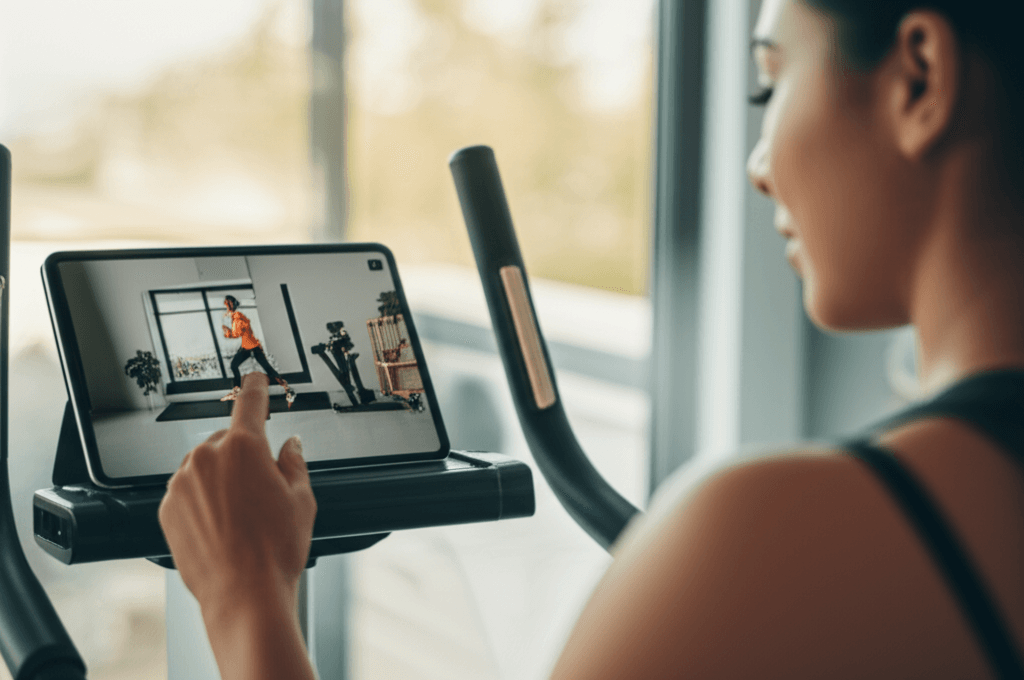
The Rise of Digital Fitness: A New Era of Accessibility and Personalization
The integration of technology into fitness isn’t new, but the past decade has seen an unprecedented acceleration in its development and adoption. This has led to a surge in digital fitness solutions that offer unparalleled accessibility and personalization, moving beyond the confines of traditional gym settings.
Wearable Technology: Your Personal Data Hub
Wearable technology has been at the forefront of this revolution. Devices like smartwatches and fitness trackers have become ubiquitous, providing users with real-time data on various metrics such as physical activity levels, heart rate, sleep patterns, and even blood oxygen. These devices have evolved from basic step counters into sophisticated tools that offer insights into multiple aspects of health and fitness, enabling users to monitor progress and make informed decisions. Wearables can provide customized feedback, motivate users through goal setting, and offer action cues to encourage movement, directly impacting physical activity levels.
AI-Powered Personalization: Tailored Workouts for Everyone
Artificial intelligence (AI) is another technology profoundly impacting fitness routines. AI-powered fitness apps analyze user data—including goals, preferences, performance metrics, heart rate, and sleep patterns—to generate personalized workout and nutrition recommendations. These intelligent systems can adapt to a user’s progress, dynamically adjusting workout intensity, duration, and type. This level of customization ensures that workouts are more effective and enjoyable, leading to better adherence and results, especially beneficial for those without access to personal trainers or who prefer home workouts. AI tools also enable personal trainers to create and deliver customized workout plans and track client progress remotely, optimizing reps and sets for effective training.
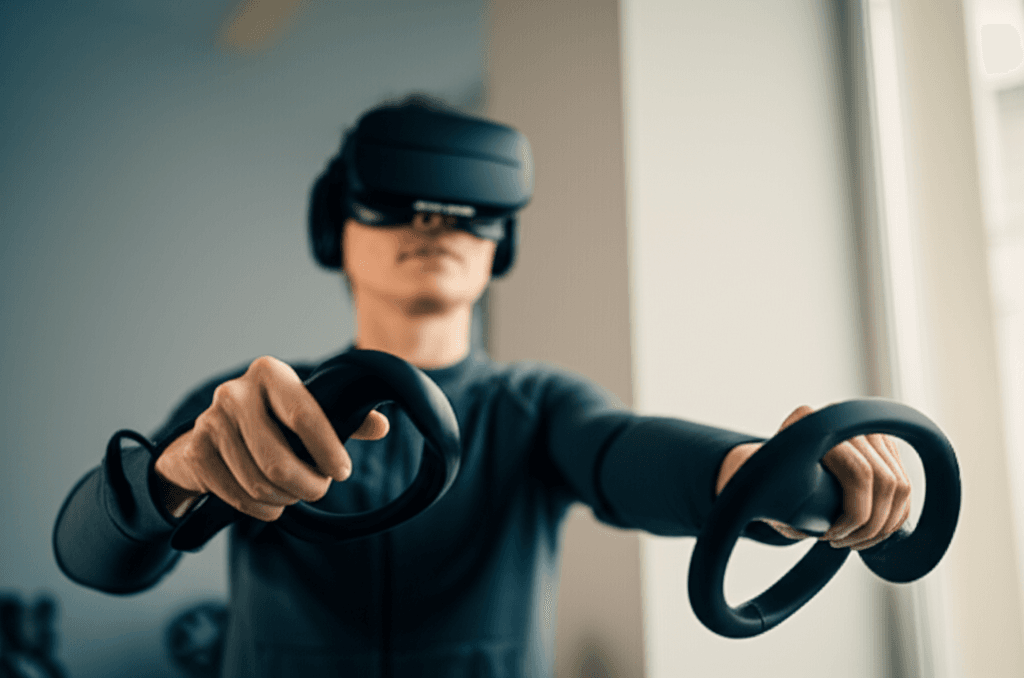
Immersive Experiences: Virtual and Augmented Reality in Fitness
Virtual Reality (VR) and Augmented Reality (AR) are transforming how we experience exercise, making workouts more immersive, interactive, and entertaining.
Virtual Reality (VR) Workouts: Stepping into New Worlds
VR fitness platforms, such as Supernatural and FitXR, offer immersive workout experiences that transport users to different environments, from scenic landscapes to futuristic worlds, while they engage in physical activity. These platforms combine elements of gaming with exercise, blurring the lines between a workout and entertainment. VR workouts can be highly personalized, allowing users to tailor sessions to their fitness goals, choose from various virtual workouts (like boxing, martial arts, or yoga), and adjust intensity and duration. The VR fitness game market was valued at over $111 million globally in 2022 and is projected for significant growth.
Augmented Reality (AR) and Mixed Reality (MR): Blending Digital with Physical
AR technology overlays digital information onto the real world, enhancing the physical environment rather than replacing it. Mixed Reality (MR) takes this further, allowing users to interact with physical fitness equipment while experiencing an immersive digital environment. These technologies offer potential for real-time feedback on form, providing tailored guidance during workouts, and integrating with existing physical equipment to create a more effective and safer training experience.
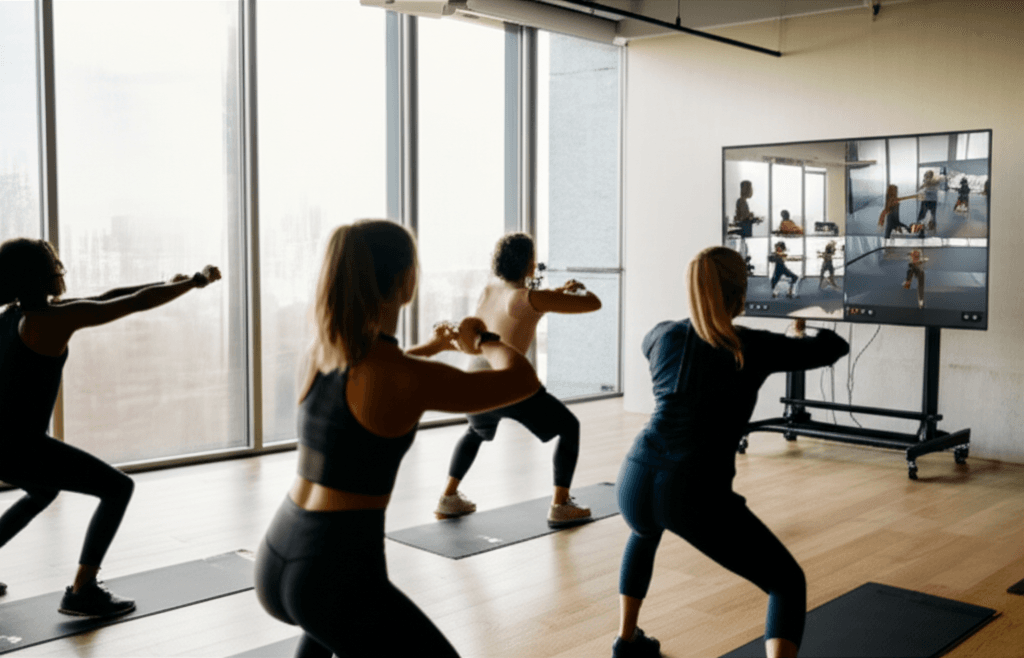
Gamification and Community: Boosting Motivation and Engagement
Digital platforms are leveraging psychological principles to enhance motivation and engagement in fitness.
Gamification: Turning Workouts into Games
Gamification involves applying game design elements, such as points, rewards, achievements, leaderboards, and challenges, to non-game contexts like fitness. This approach makes exercise feel more like a game than a chore, tapping into our natural desire for achievement and progress. Gamified features like step challenges, streaks, and consistency rewards help reinforce exercise habits, leading to more frequent and enjoyable workouts and promoting long-term behavioral change. Research indicates that gamification can significantly boost user engagement, with some studies suggesting an increase of up to 150% compared to non-gamified environments.
Building Online Fitness Communities
Social media platforms, online communities, and fitness apps have become integral to fostering a sense of belonging and accountability. These platforms provide spaces for users to share their fitness journeys, exchange tips, and offer support, motivating individuals and fostering a collaborative learning environment. This social aspect is likely to expand further, with more platforms incorporating features that allow users to connect, compete, and collaborate through virtual group workouts, challenges, and community-driven content.
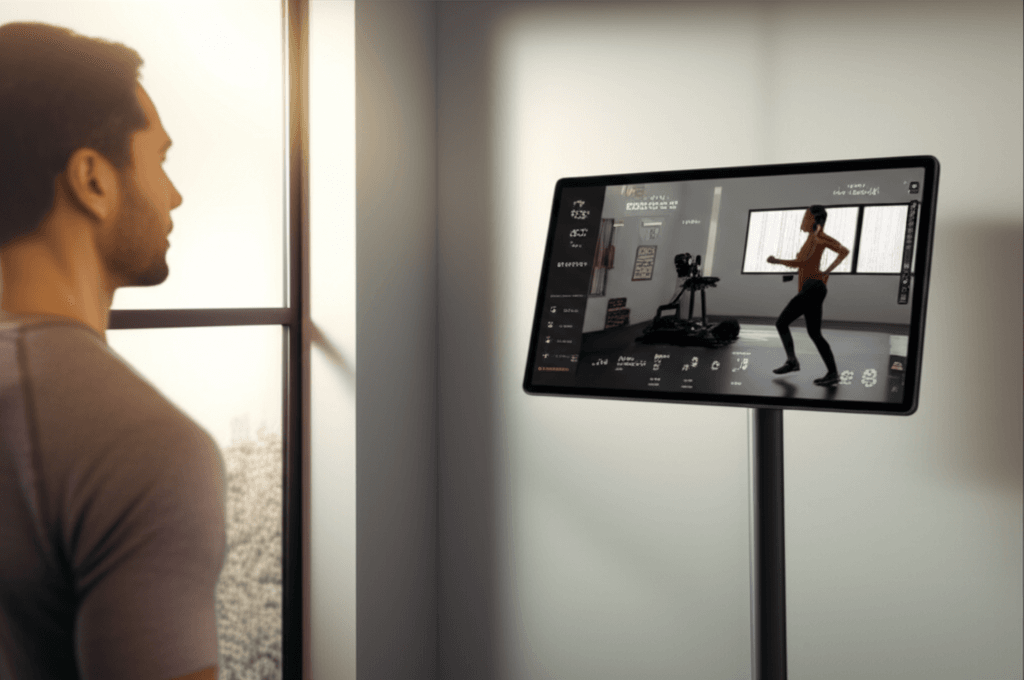
Smart Home Gyms and Hybrid Models: The Future of Training Spaces
The concept of a gym is no longer confined to a physical building. Technology has redefined the home gym and is leading to the prevalence of hybrid fitness models.
Smart Home Gyms: Integrated and Intuitive
Smart home gym equipment integrates advanced technology, allowing users to access high-quality workouts from home. These systems often come with built-in touchscreens or sync with mobile devices for seamless interaction, providing real-time feedback on performance metrics like calories burned, muscle engagement, sets, and reps. Digital resistance technology, which uses motors, cables, and pulleys to simulate weight resistance, eliminates the need for bulky equipment and allows for instant adjustment of intensity. Future smart gyms are expected to be fully connected ecosystems, integrating AI coaching, wearables, nutrition tracking apps, and smart home assistants for a holistic health approach.
Hybrid Fitness Models: The Best of Both Worlds
The COVID-19 pandemic significantly accelerated the adoption of online and hybrid fitness models. This shift has forced traditional gyms to adapt by integrating digital services into their offerings, enhancing member engagement and retention. Hybrid models, which offer a mix of in-person and virtual fitness experiences, appeal to a wider range of fitness levels and preferences, providing flexibility and convenience for users to work out anytime and anywhere. This integrated approach is becoming the standard, ensuring that fitness brands remain relevant by supporting consumers whether they choose to work out in a gym or at home.
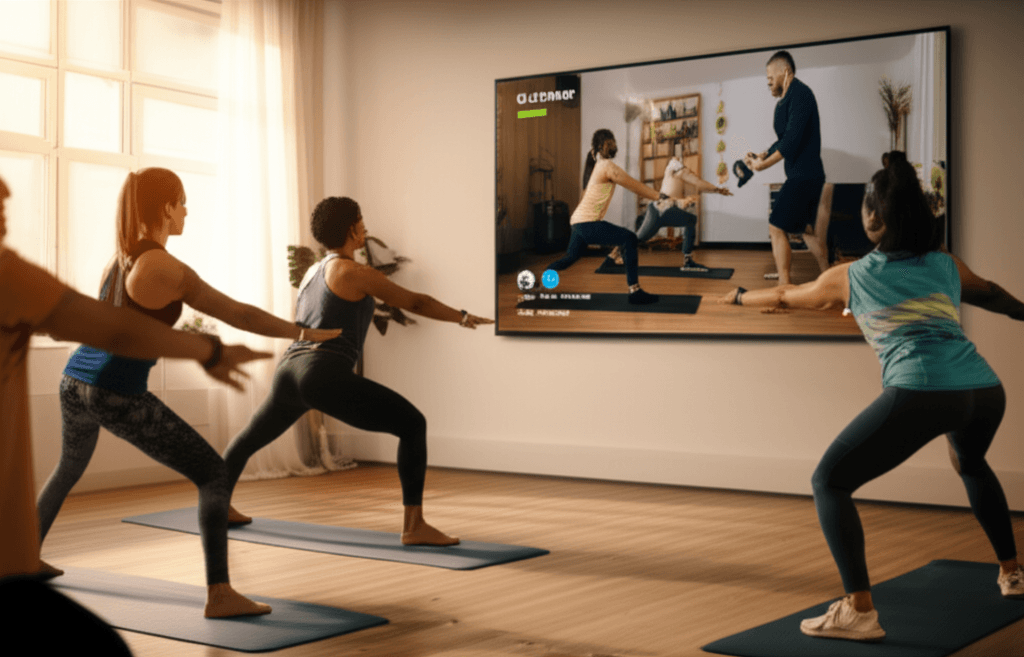
Challenges and Future Considerations
While the future of fitness is undeniably intertwined with technology, there are challenges to consider, such as data privacy concerns, the need for significant investment in technology, and the requirement for skilled personnel to manage these systems. However, continued advancements in AI, machine learning, and immersive technologies are expected to lead to even more personalized, effective, and engaging fitness solutions. The digital transformation of the fitness industry is not merely a fleeting trend but a fundamental shift that is democratizing access to training, enhancing motivation, and continuously evolving the way we train.







